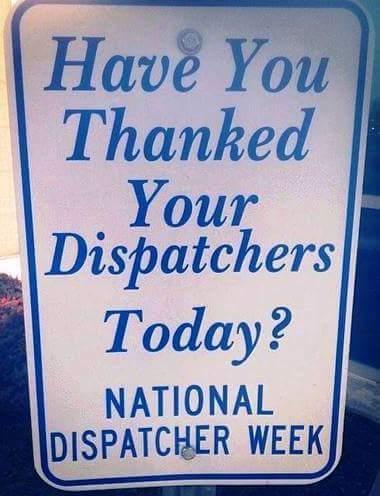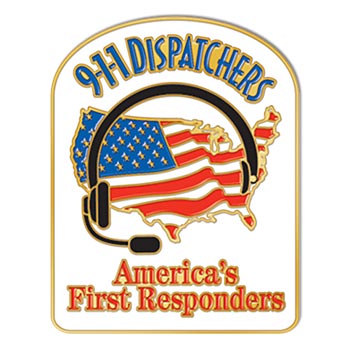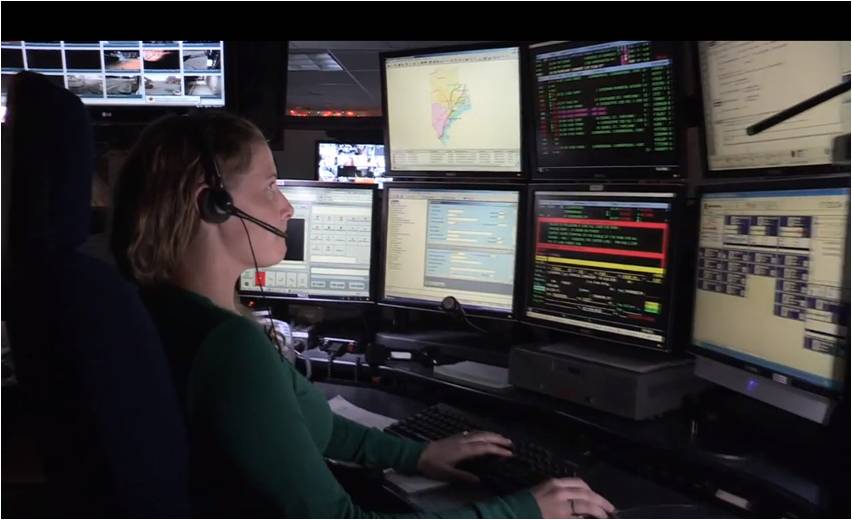By: Robert Avsec, Executive Fire Officer
A LinkedIn colleague of mine posted the following comment along with the link to the news story.
Citizen calls 911, is able to capture still images and the response from 911 and police is less than desirable. A live video feed from the 911 caller could have changed this response and gotten help there quicker!
Watch and listen for yourself before you read the rest of this post, OK?
Assault witness ‘deeply disturbed’ by 911 dispatch response (An emergency dispatcher told a man who called 911 that he couldn’t report an attack on behalf of the victim).

Fred [Name changed by me], as much as I am an advocate for NG-911 (Next Generation 911) and FirstNet (the first broadband network in the U.S. dedicated to public safety) the technology or lack of technology was not the problem here. This was a performance problem on the part of the 911 call taker.
And training is very rarely the solution to a performance problem by an incumbent employee. I co-managed a county’s consolidated emergency communications center and PSAP (Public Safety Answering Point) and in that role helped employees work through performance problems to get back on track. And in the vast majority of the cases, it wasn’t a lack of training or not knowing the correct procedure.
More often than not, we traced the poor performance back to a couple of common factors: (1) stress, (2) stress, and (3) stress.

Most 911 centers in the U.S. are chronically underfunded and understaffed. The former means that centers often don’t have enough authorized positions for the workload and/or they can’t afford to pay employees a salary that commensurate with the job and its responsibilities; while the latter forces employees to work involuntary overtime.
In the center where I worked alongside very dedicated women and men, the entry-level salary was $22,380/year ($10.75/hour) in 1999. Our staff was 98 percent women (Typical of most centers), women who were either a single parent or part of a household where their pay contributed 50 percent or more of the family income. There was a great deal of overtime to be worked (at one point we had only 42 of 64 authorized positions filled) and people needed the money. So they worked plenty of overtime.
The regular shift was an eight-hour tour and an employee could sign up to work four hours after their regular shift or take the entire eight-hour OT slot.
When involuntary overtime had to be filled (to cover a employee for the oncoming shift who called in sick) it meant the on-duty employee working an additional four hours and an employee already scheduled for the oncoming shift had to come in early to work the other four hours before their regular shift.

In a number of PSAPs and emergency communications centers (aka, dispatch), employees work 12-hour shifts; four hours of overtime or more can be the norm in those centers when involuntary overtime is required to maintain minimum staffing.
Multiple shifts in a row means lots of hours and lots of additional stress in what already is a very stressful job. People under the influence of stress make mistakes, sometimes what appear to the unstressed as being “stupid mistakes.” Mistakes in the “What were you thinking?” category of stupid mistakes.
What really distresses me about this episode is that the colleague who posted the news site link, and commented on it, is a fire officer and a manager of an emergency communications center and PSAP. How can a person, with a seemingly good perspective, throw another agency and its employee “under the bus?”
SMH
Read More
Employee Turnover in Chesterfield County’s Emergency Communications Center: A Research Study with Recommendations (PDF file, 79 pages)
 Fire & EMS Leader Pro The job of old firefighters is to teach young firefighters how to become old firefighters!
Fire & EMS Leader Pro The job of old firefighters is to teach young firefighters how to become old firefighters!